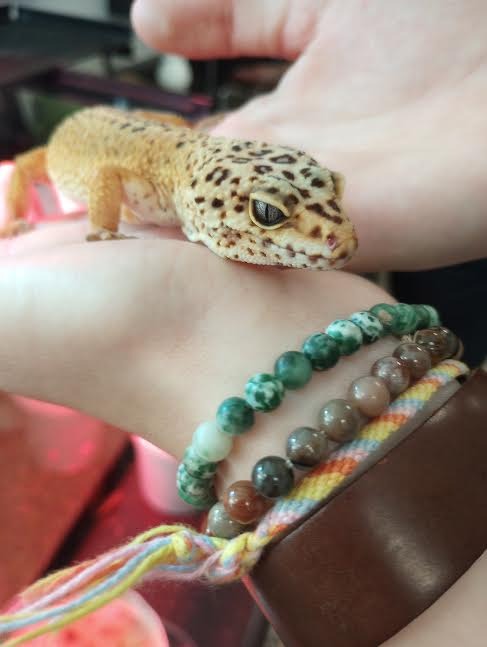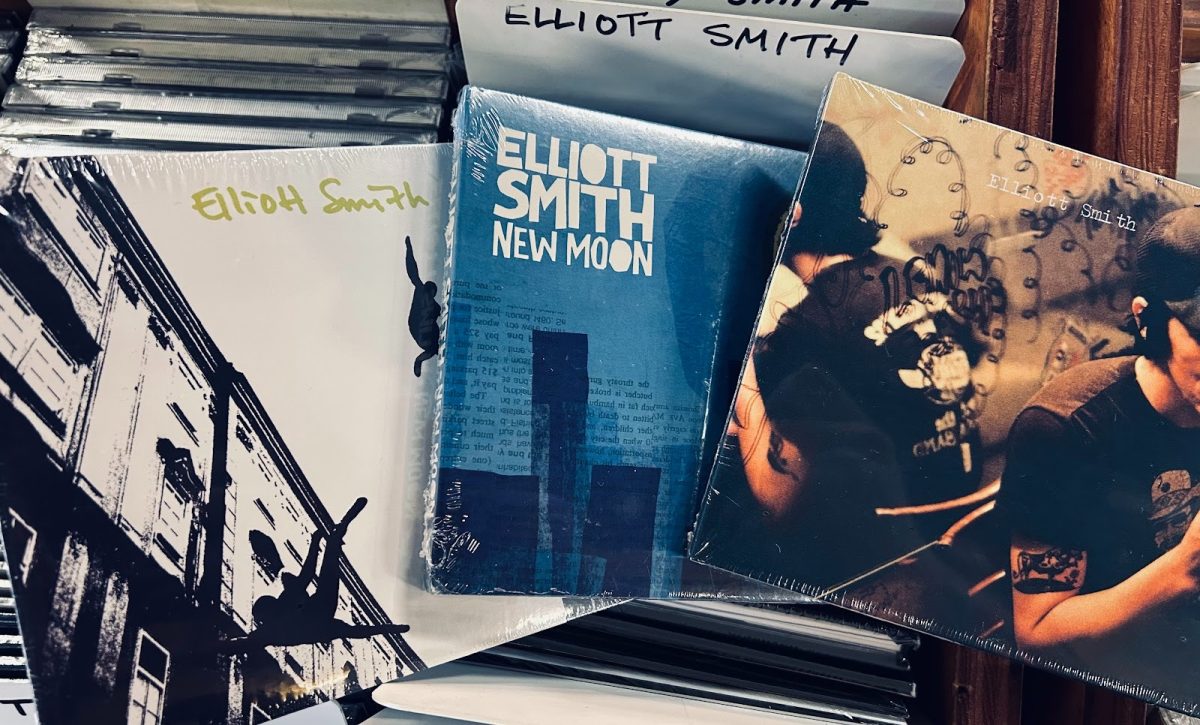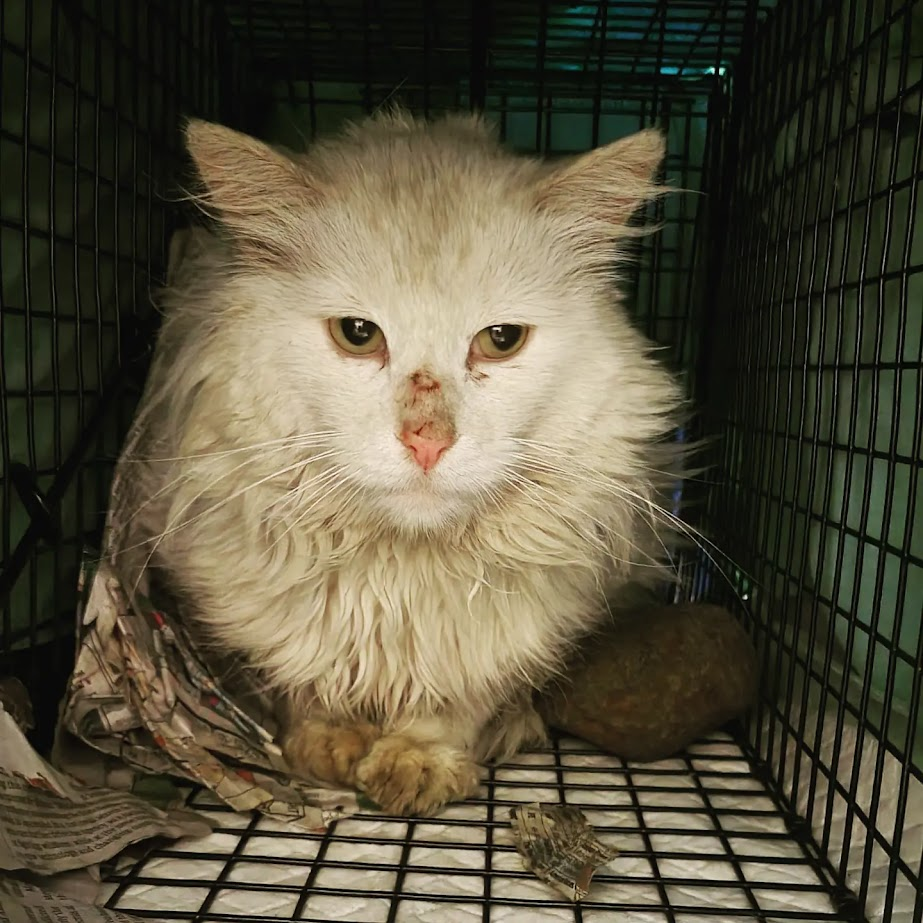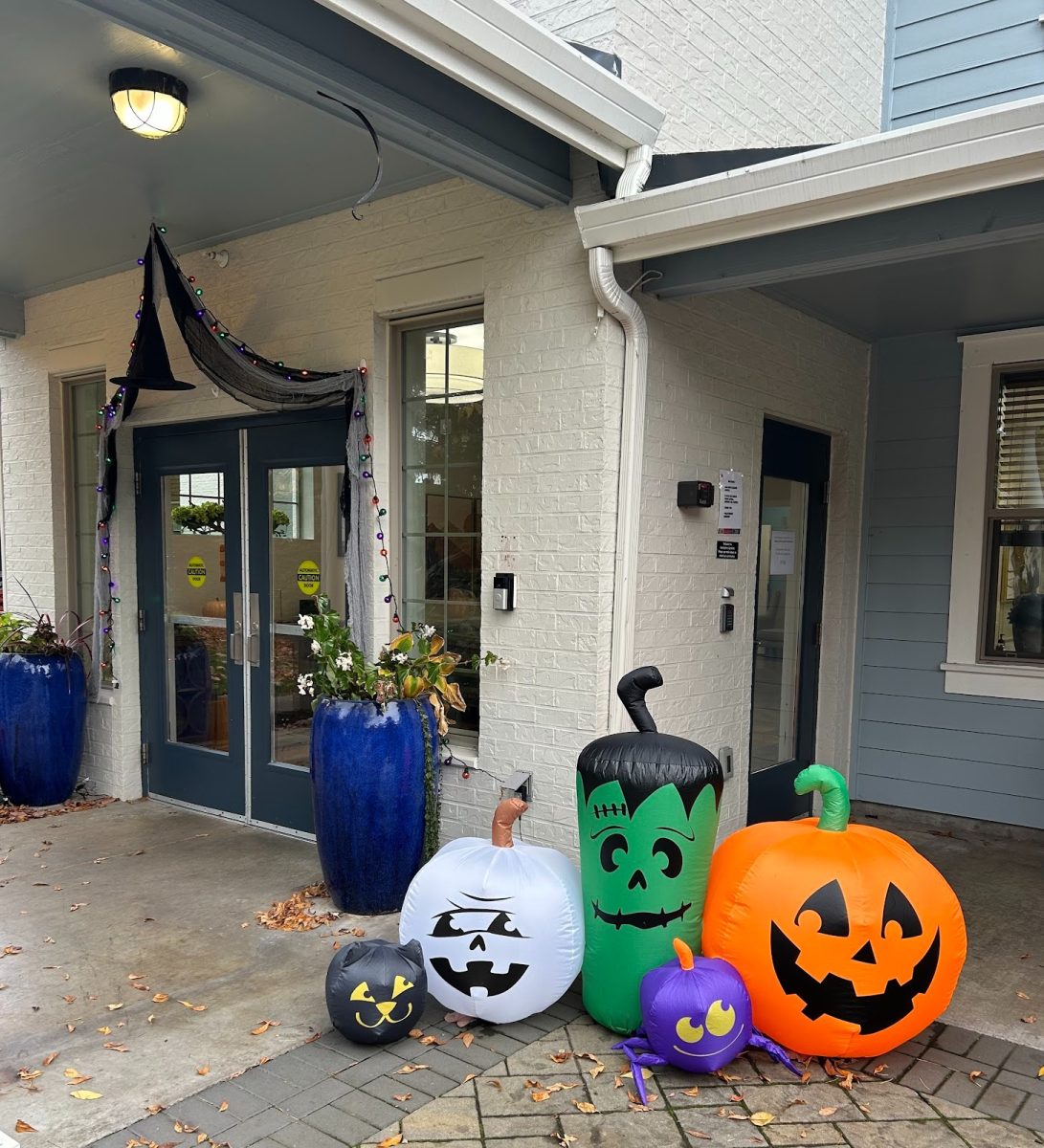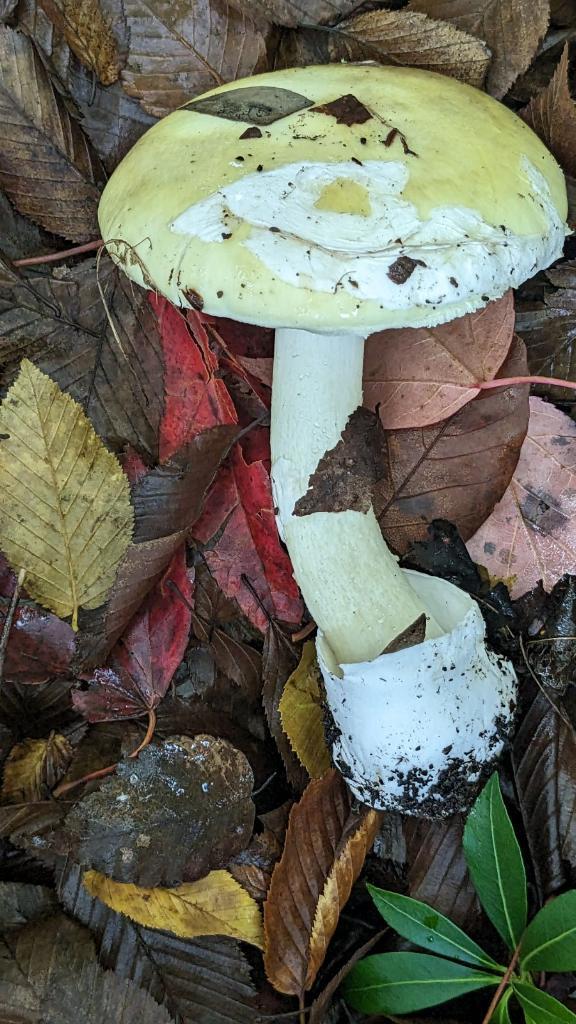Lately, mushrooms called Amanita phalloides, also known as death caps, have been frequently seen in Portland, Oregon. These mushrooms share many visible similarities with commonly store-bought button mushrooms, or paddy straw mushrooms, with one large distinction: Death caps are direly poisonous. Death caps account for the most mushroom poisonings around the world, as foragers who are new to the area or to the process of finding edible mushrooms often mistake them for common edible mushrooms.
Throughout history, mushrooms have been both delicacies and poisons, and death caps have certainly made their mark. It is thought that Roman Emperor Claudius, Pope Clement VII, and many others across history have been killed by death cap mushrooms. In early November of 2023, a woman in Australia was arrested for using death caps to murder three family members. Recently, these tasty killers have been spotted in Portland.
According to those who’ve survived encounters with these mushrooms, death caps both look beautiful and taste delicious. But regardless of their joyous taste, victims often die six to sixteen days after originally eating the mushroom. Generally, those who eat them have an upset stomach within a few hours. They then recover, which is what causes many not to seek medical treatment. Yet, about three days after eating the mushrooms, the consumer will suddenly fall ill as their liver begins to fail. Some victims suffer seizures or go into a coma. If not given proper treatment — usually a liver transplant — victims then die.
One large misconception about mushrooms is that the whole fungus falls under this term. Rather, mushrooms are the often umbrella-like shaped topping on some fungi. One way to understand this is to think of fungi as trees. Mushrooms are attached to networks of mycelia, which are the living threads that mushrooms come from. Dr. Dan Luoma, former Professor of Forest Mycology at Oregon State University, explained the process. “Mushrooms are the fruits or reproductive structures of filamentous fungi. They are analogous to apples on a tree. The filamentous, perennial part of the fungus is in the soil or wood that the mushroom is coming out of.” And if the mushroom is an apple on the tree, mycelia are the body and roots of the tree.
Further, similar to seeds, mushrooms release spores. However, unlike how seeds have everything they need to make a tree on their own, mushroom spores do not. Two spores of the same variety must meet and combine to form a mushroom. Next, the mushroom has to find something that can feed mycelium growth, such as wood chips, to grow on. Death cap spores are especially delicate and don’t often spread far. But once they arrive somewhere, they can reproduce rampantly. Death cap mycelia live exclusively in tree roots and have a symbiotic bond with some trees. Eventually, the mycelium becomes part of the roots, and if that tree is dug up, the mycelium goes with it.
When European tree saplings were brought to America, death caps were brought with them. In the early 1900s, they were first spotted in North America on the East Coast. The Bay Area Mycological Society found them in California for the first time in 1938. The mushrooms were spotted growing from the roots of an ornamental tree. After that, they spread to wild oaks and are now frequently found in the Bay Area.
Death caps are becoming more abundant in Portland, which poses a worrisome threat to the amateur foragers that populate Portland. However, death caps are far from the only dangerous mushroom here. With Oregon’s frequent rain, lush forests, and abundant trees, mushrooms flourish.
While some mushrooms are edible, poisonous mushrooms are also common. Death caps are part of the very poisonous Amanita family that makes up 95% of deaths from poisonous mushrooms. Fly agaric mushrooms — which you may picture when you think of toadstools — are part of the same Amanita family as death caps. They have the classic red caps with white dots. Fly agarics can be life-threatening, but are historically used in rituals, as they cause hallucinations. While they aren’t psychedelics, they contain a poison that causes hallucinations but does not kill when prepared correctly. They are, however, still unsafe and should not be consumed.
Another Amanita mushroom that can be found in Portland is the panther cap. Panther caps look similar to fly agarics but with brown caps instead of red. Panther caps are quite toxic and often deadly. A walk through Portland Community College’s campus on Southeast 82nd Avenue will reveal all of these mushrooms if you go at the right time.
Portland is home to many mushroom foragers, who frequently trek through Oregon’s forests in search of edible mushrooms. Theo Snyder, a local mushroom forager, has been foraging for mushrooms with his family since he was young. He forages mostly in the fall and spring, looking for edible mushrooms such as chanterelles and morels.
Snyder’s mindset toward poisonous mushrooms is to air on the side of caution and never eat anything you aren’t sure about. To anyone looking to start foraging, he recommended the book “All That the Rain Promises and More” by David Arora, and “Mushrooming Without Fear” by Alexander Schwab. “I just gave [a friend] a book called ‘Mushrooming Without Fear’, that’s one I like. The tenant of that book is don’t pick mushrooms with gills, most of all.” Dr. Luoma shares the opinion that safety should be the first priority when foraging. “A cautious approach is paramount.”
Unfortunately, many mushroom foragers don’t always know what they’re doing. As a majority of mushrooms are inedible, eating mushrooms which you aren’t certain you know about is extremely dangerous. There are many beautiful fungi in Oregon, many of which can be seen from the sidewalk and street. So enjoy our beautiful mushrooms, but beware of the killers among them.











